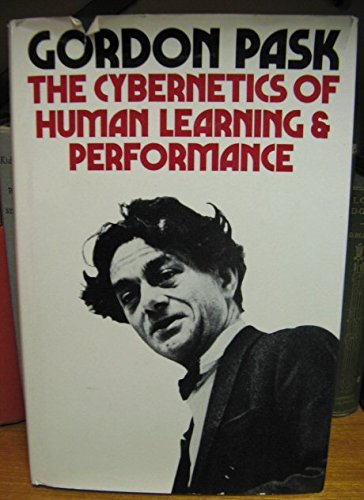Félix Guattari: Chaosmosis: An Ethico-Aesthetic Paradigm (1992–) [PT, EN, ES, IT]
Filed under book | Tags: · abstract machine, autopoiesis, cartography, deterritorialization, information theory, machine, mass media, ontology, philosophy, postmodernism, psychoanalysis, psychosis, schizoanalysis, semiotics, structuralism, subjectivity

Guattari’s final book is a succinct summary of his socio-philosophical outlook. It includes critical reflections on Lacanian psychoanalysis, structuralism, information theory, postmodernism, and the thought of Heidegger, Bakhtin, Barthes, and others.
Originally published in French as Chaosmose, Editions Galilee, Paris, 1992.
English edition
Translated by Paul Bains and Julian Pefanis
Publisher Indiana University Press, 1995
ISBN 0253210046, 9780253210043
144 pages
publisher (EN)
google books (EN)
Caosmose (Portuguese, trans. Ana Lúcia de Oliveira and Lúcia Cláudia Leão, 1992, added on 2013-9-26)
Chaosmosis (English, trans. Paul Bains and Julian Pefanis, 1995, updated on 2015-3-26)
Caosmosis (Spanish, trans. Irene Agoff, 1996, added on 2013-1-5)
Caosmosi (Italian, trans. Massimiliano Guareschi, 1996, no OCR, added on 2013-1-5)
John Rajchman: Constructions (1998)
Filed under book | Tags: · abstract machine, architecture, art criticism, baroque, complexity, geometry, philosophy

In this series of overlapping essays on architecture and art, John Rajchman attempts to do theory in a new way that takes off from the philosophy of the late Gilles Deleuze. Starting from notions of folding, lightness, ground, abstraction, and future cities, he embarks on a conceptual voyage whose aim is to help “construct” a new space of connections, to “build” a new idiom, perhaps even to suggest a new architecture. Along the way, he addresses questions of the new abstraction, operative form, other geometries, new technologies, global cities, ideas of the virtual and the formless, and possibilities for critical theory after utopia and transgression.
Foreword by Paul Virilio
Publisher MIT Press, 1998
Writing Architecture series
ISBN 0262680963, 9780262680967
143 pages
PDF (EPUB; updated on 2012-7-25)
Comment (0)Gordon Pask: The Cybernetics of Human Learning and Performance: A Guide to Theory and Research (1975)
Filed under book | Tags: · abstract machine, cybernetics, learning, machine

“This book assumes a background knowledge commensurate with having read its predecessor An Approach to Cybernetics (1961) of which some passages are a direct continuation. All that is needed from a system/cybernetic point of view is available in Ashby’s lucid and still up-to-date Introduction to Cybernetics (1965), though the reader with a bent and liking for mathematics will find Glushkov’s Introduction to Cybernetics (1966) profound and comprehensive (the nearly identical title is due to translation). There is a glossary covering all essential technical terms at the end of the book. Readers may find this helpful, not so much because of obscure symbolism (very little is employed) but because ordinary language phrases are used, from time to time, with rather exact meaning; in order to avoid symbols. This trick is played quite often with logical and mathematical terms; sometimes with the relatively comprehensible jargon of psychology, educational science, and philosophy. The other offending speciality is electronics. Knowledge of the subject is unimportant, since the function of components is explained or illustrated. Some otherwise abstract notions are made tangible by the description of electrical machinery; people who are versed in the field may find the details interesting and amusing (especially in Chapter 5 where methods are quaintly redolent of the late 1950s and early 1960s). But there is no need to labour these points; only the function of the machinery bears directly upon the main theme.” (from Preface)
Publisher Hutchinson Educational, 1975
ISBN 0091194903, 9780091194901
347 pages
via pangaro.com
PDF (28 MB, updated on 2017-10-25)
Comment (0)
